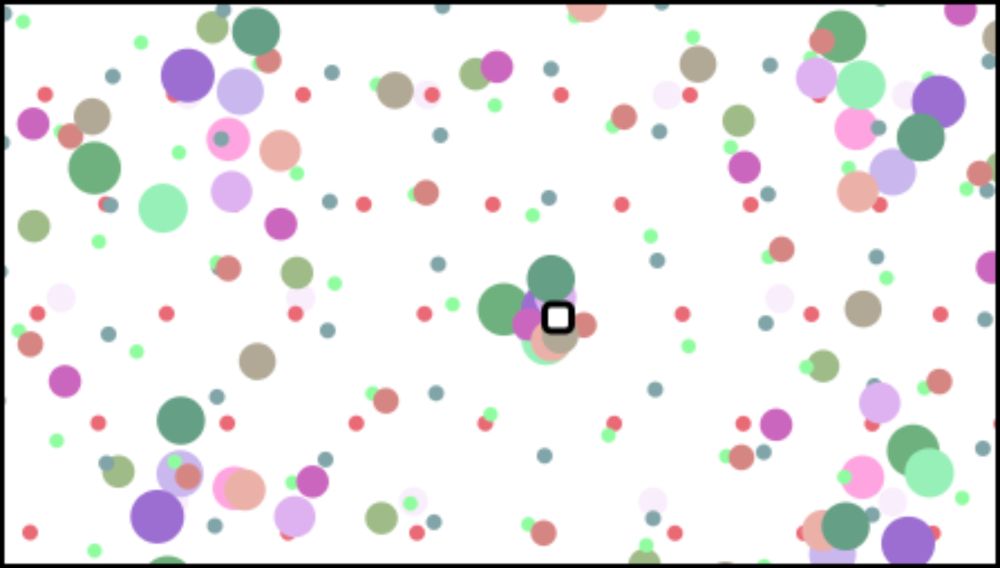
Sven Krausse
@svenkrausse.bsky.social
PhD student @rwth.bsky.social and @fz-juelich.de in computational neuroscience and neuromorphic computing | Cognitive maps, hippocampus, navigation, inductive biases
there is actually a really nice blogpost by the numenta people illustrating how multiple modules create a unique position encoding although every module repeats with some scale and orientation
www.numenta.com/blog/2018/05...
www.numenta.com/blog/2018/05...

How Grid Cells Map Space
The discovery of grid cells won the Nobel Prize in 2014, but do you know how they work? Working together in populations, grid cells create a cognitive map of space. Each cell responds to certain areas...
www.numenta.com
December 2, 2024 at 1:05 PM
there is actually a really nice blogpost by the numenta people illustrating how multiple modules create a unique position encoding although every module repeats with some scale and orientation
www.numenta.com/blog/2018/05...
www.numenta.com/blog/2018/05...
The key point is that you don't wrap the whole room into a torus. It's not the length and width of the room that tells you the periodicity on your torus. Rather you have multiple Tori, say one that wraps every 3 meters and another that wraps every 5 meters and so on.
December 2, 2024 at 1:03 PM
The key point is that you don't wrap the whole room into a torus. It's not the length and width of the room that tells you the periodicity on your torus. Rather you have multiple Tori, say one that wraps every 3 meters and another that wraps every 5 meters and so on.
Why would they expect that? The periodicity is not defined by the width of the room and different grid cell modules have different periodicities (scales and orientations), therefore the whole population encoding is not at all periodic at the borders of the environment
December 2, 2024 at 12:36 PM
Why would they expect that? The periodicity is not defined by the width of the room and different grid cell modules have different periodicities (scales and orientations), therefore the whole population encoding is not at all periodic at the borders of the environment
I don't really see the prediction part. Isn't it pretty safe to assume that the real papers in the database are already in the training set for all of these LLMs? In that case it is more of a remembering task than a prediction, right?
December 2, 2024 at 5:41 AM
I don't really see the prediction part. Isn't it pretty safe to assume that the real papers in the database are already in the training set for all of these LLMs? In that case it is more of a remembering task than a prediction, right?

